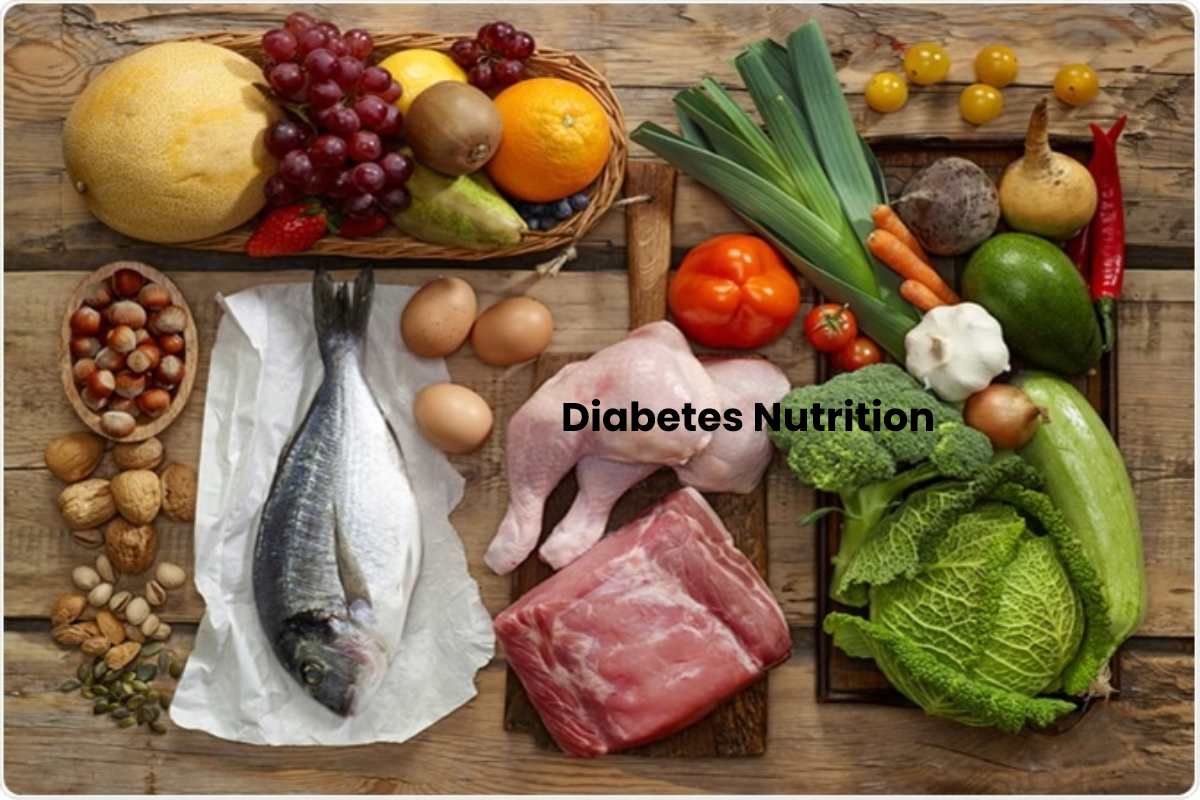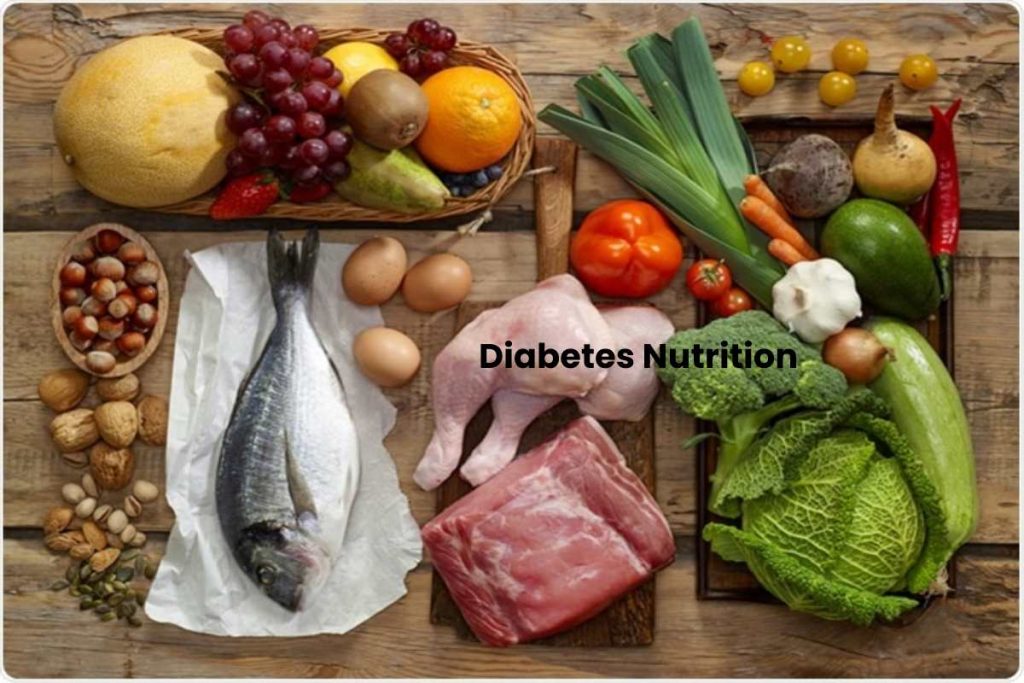Table of Contents
Definition of Diabetes Nutrition

Diabetes nutrition focuses on healthy foods. But you can also eat sweets once in a while without feeling bad or severely affecting your blood sugar control. The key to nutrition for Diabetes is moderation.
Feeding diabetics focuses on healthy foods but not necessarily preventing sweets. Below we will show how to include candy in your diet.
Everything about Sugar
For years, people with Diabetes have been wary of eating sweets until the understanding of those seeking appropriate nutrition for patients with diabetes changes.
What all matters are the total amount of carbohydrates: in the past, honey, candy, and other sweets were thought to increase blood sugar faster and more significantly than fruits, vegetables, or “starchy” foods, such as potatoes, pasta, or even whole-grain bread. However, it is not true as long as the desserts are eaten and balanced with other foods in your meal planner. The Reasons for [pii_email_c68bb3a0b8e97426cdd8] error? Although the effect of different carbohydrates on blood sugar levels may vary, it is indeed the total amount of carbohydrates that matters.
But don’t overdo empty calories: of course, it’s still best to think of sweets as just a tiny part of the general plan for proper nutrition for patients with Diabetes. Desserts, cakes, and other desserts contain a small number of vitamins and minerals and are often rich in fat and calories. When eating sweets, you’ll get more empty calories — calories free of essential nutrients are there in healthy foods.
Amount of sugar
For years, researchers warned people with Diabetes to avoid eating sweets. However, the concept of diabetes-fed researchers has changed.
It is the total carbohydrates that matter. The old hypothesis was that honey, candy, and other sweets would raise your blood sugar level faster and higher than fruits, vegetables, or “starchy” foods, such as potatoes, pasta, or whole-grain bread. But that turns out not to be accurate as long as you’re eating desserts with a balanced meal with other foods in your meal plan.
Although different carbohydrates affect blood sugar levels differently, it is the total amount of carbohydrates that matters.
However, do not overeat calories without beneficial nutrients. Of course, it’s still a favorite to eat a small portion of desserts with your meals. Candy, biscuits, sugar-sweetened beverages, other sweets, and foods with added sugars contain few vitamins and minerals and are often full of fats and calories. You’ll get more useless calories from essential nutrients when you eat sweets, foods, and drinks with added sugars.
Low-Calorie Sweeteners for Diabetes Nutrition
Low-calorie sweeteners (sugar substitutes) can provide sugar sweetness with fewer calories and carbohydrates. Using sugar place helps you reduce calories and stick to a healthy meal plan.
As part of diabetes nutrition, artificial sweeteners can give sugar sweetness without calories. Sweeteners may help you reduce high calories and stick to a healthy meal plan – primarily when used instead of sugar in coffee, tea, cereals, or baked goods.
Artificial sweeteners are calorie-free foods because they contain very few calories and are not calculated as carbohydrates, fats, or other food in meal planning.
How to include sweets in Diet without Increasing Sugar Levels
Sweets are part of the carbohydrates in your meal plan. The trick is to replace small portions of sweets with other carbohydrates in your meals – such as bread, tortilla bread, rice, crisps, cereals, fruits, juice, milk, milk, or potatoes. To make room for desserts as part of the meal, you have two options:
Replace some carbohydrates in your feed with a dessert.
Suppose your dinner is a grilled chicken breast, medium-sized potatoes, a slice of whole-grain bread, vegetable salad, and fresh fruit. If you want a small frozen cupcake after your meal, find ways to keep the total number of carbohydrates in a meal itself.
You can replace bread and fruit with a cupcake. Or replace potatoes with low-carb vegetables such as broccoli (green cauliflower), allowing you to eat a tiny cupcake.
To keep the total carbohydrate number when switching, read food labels to see the total number of carbohydrates.
This number includes starch, fiber, sugar, and alcohol – a type of low-calorie sweetener – and tells you how much carbohydrates are given in one serving of food. Consult your dietitian if you have any queries.
Conclusion
As time is passing, Diabetes is getting common among people: due to unhealthy lifestyles, Genetics, etc. Most people crave sweet things. Here are some alternatives to how people can have sweets once in a while without increasing their sugar levels.


